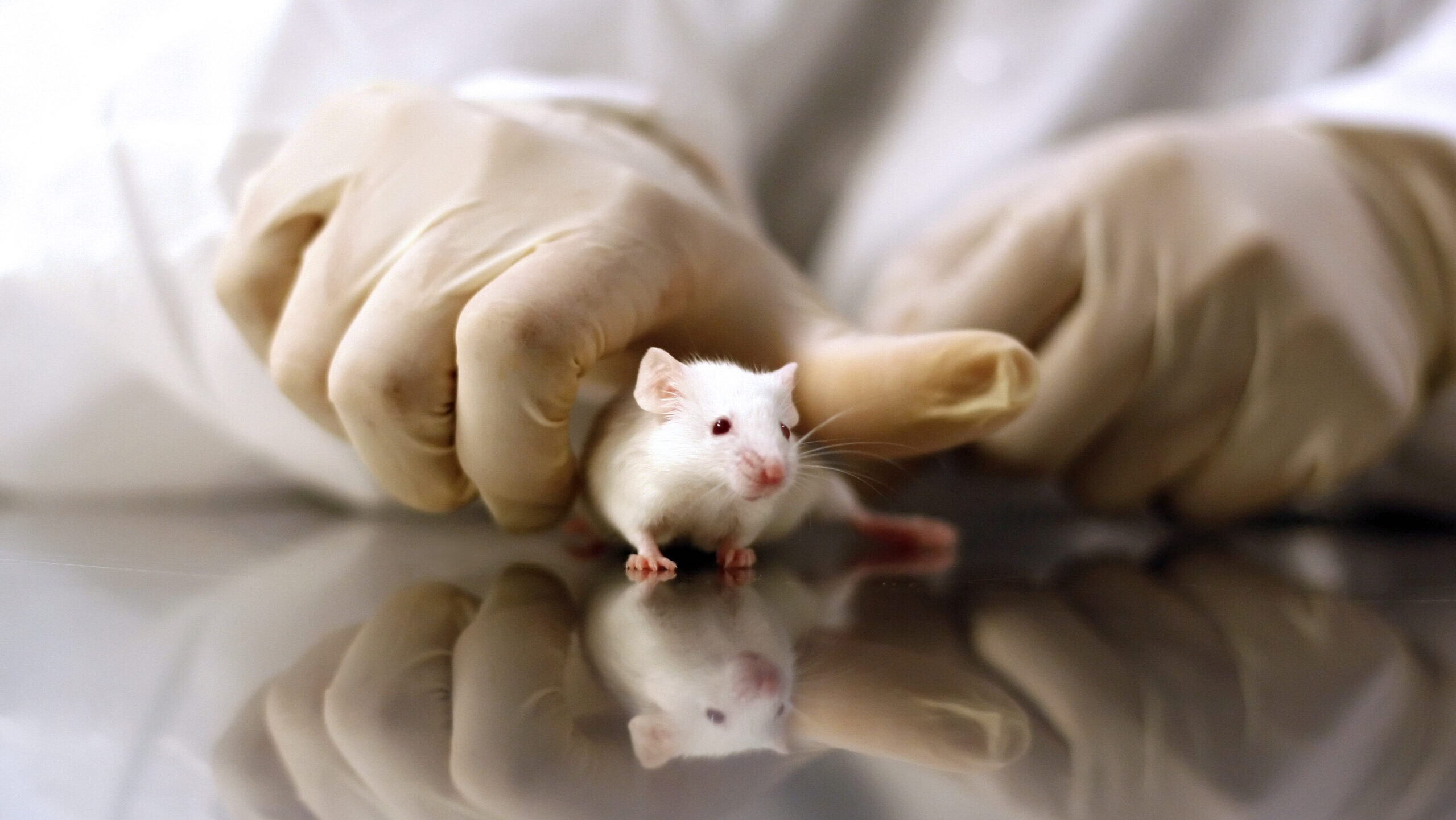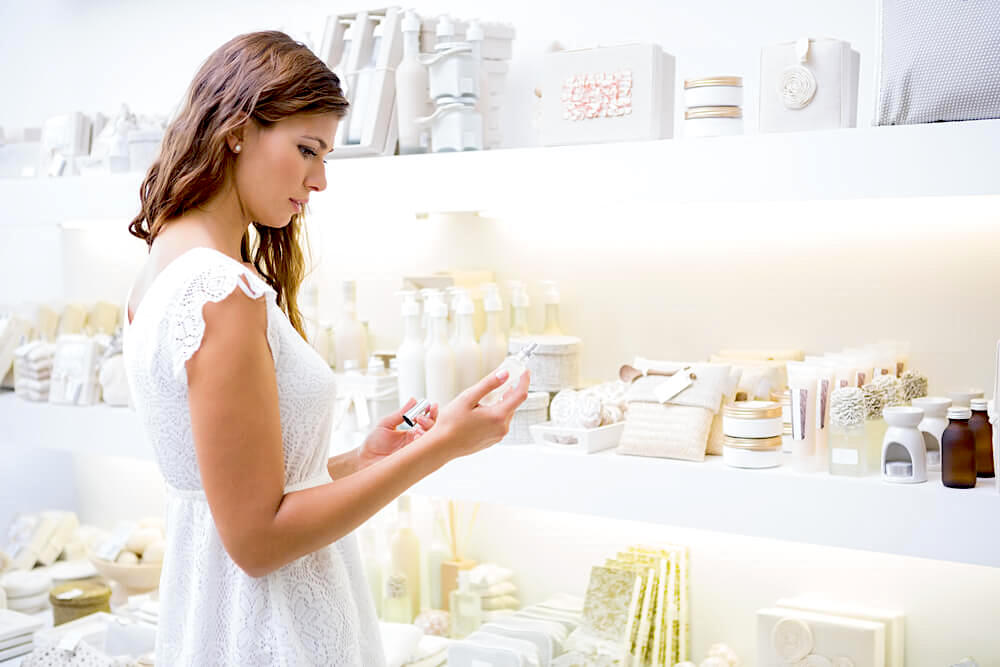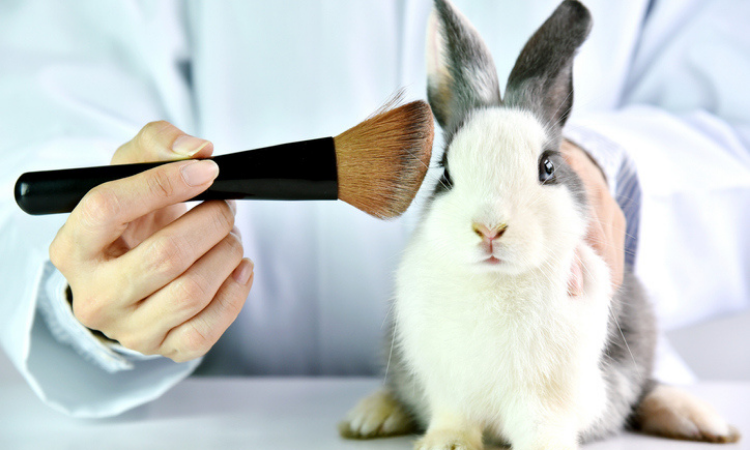Did you know that many of your beloved cosmetic brands hide behind the ugly truth of animal testing? From your favourite skincare products to the lipstick brand that is your go-to, many brands still resort to these evil practices. Even though there has been a rise in cruelty-free and vegan brands, there are still several big names that aren’t as clean. So, how do you really help the cause and support cruelty-free brands? Here’s everything you need to know about animal testing in the beauty industry.
Related: Clean Beauty Brands In India That You Should Invest In
What is animal testing?

To test the side effects of new skincare and beauty products, many brands resort to testing the products on animals. Animal testing involves scientific experiments on animals that cause physical pain and harm to them. This severely injures them, and while some die in the process itself, the rest are killed later on. From rats, rabbits, guinea pigs, to bigger animals like dogs, monkeys, cats, and even snakes, several kinds of animals undergo these tests and experiments. The process of animal testing involves rubbing or injecting chemicals on the skin of these animals to check results and reactions. They are even forced to swallow chemicals to check the product’s safety which eventually kills these poor beings. The fact that some of the biggest brands in the market still practise this makes the situation alarming.
But that is not the worst part. Animal testing is completely unnecessary but since it is not banned or considered illegal in many countries, the practice still prevails. However, consumers now are becoming aware of brands that test on animals and, as a result, forcing many brands to take the clean route.
Top ingredients to avoid
Not everyone is completely aware of animal-based ingredients used in the industry. So, to avoid them, always check the ingredients and avoid the ones mentioned below.
1. Beeswax
Beeswax is commonly used in a lot of lip balms, body lotions, moisturisers, and even soaps. It has a buttery soft effect and leaves the skin hydrated for long. It is also known as Cera Alba or Cera Flava that comes from bees.
2. Guanine
Guanine gives makeup products that blinding shimmery effect. It is used in nail paints, eye shadows, and even shampoos. Check your products for guanine, also known as pearl essence or pearl powder, since it is derived from fish scales.
3. Tallow
Tallow is one of the most commonly used animal-based ingredients in many beauty products, from foundations and nail paints to eye shadows. This is basically animal fat and comes from boiling the carcasses of animals till a fatty substance is produced.
4. Keratin
Another common ingredient is Keratin which is widely used in hair care products. It comes from the nails, feathers, horns, hair, and hooves of many animals.
5. Shellac
Shellac is used because of the shine and strength it gives. This ingredient comes from insects and is commonly found in shampoos, mascaras, lipsticks, and hair sprays.
How to be a more responsible consumer

In the past few years, there has been a huge shift towards cruelty-free practices in the beauty industry. Brands are opting for alternatives that are safer and more effective than animal testing. But you can also help the cause and be a more responsible consumer while purchasing products. Here are a few things that can help you determine if the products are cruelty-free or not.
1. Do your homework
Always read your labels and see what ingredients are put into the products that you are consuming. Look for ingredients that are alternatives to animal-based ingredients and products. For example, you can opt for plant-based face oils and balms rather than the ones that use squalene that comes from shark livers.
2. Check the packaging for cruelty-free labels
Checking out the packaging of your products is a quick and easy way to find out if the brand resorts to animal testing. Look for a bunny logo that indicates that it is not tested on animals.
3. Read about your brands online
There might be a chance that the products you use don’t have anything specifically mentioned on their packaging. So, it’s always a great idea to check out their website and see if they have mentioned it there. Look through their social media to check if they are vegan, plant-based, and cruelty-free.
4. Get in touch with the company
Local brands and small businesses usually follow the clean route. But, if you still need confirmation, you can get in touch with the brand and learn about their policies before making your decision. Most local businesses are happy to help.
Featured Image Source














